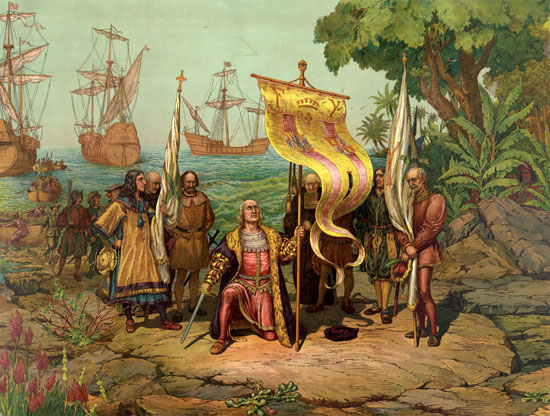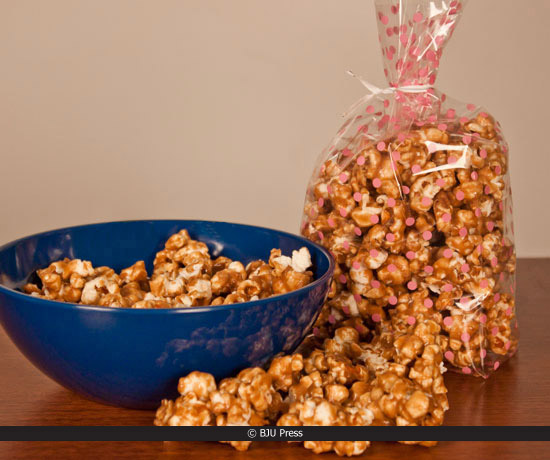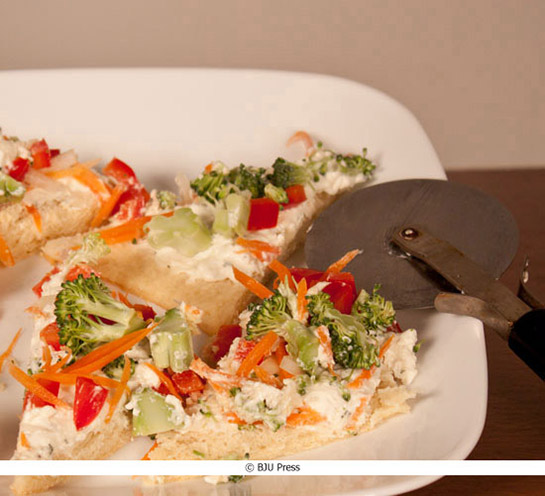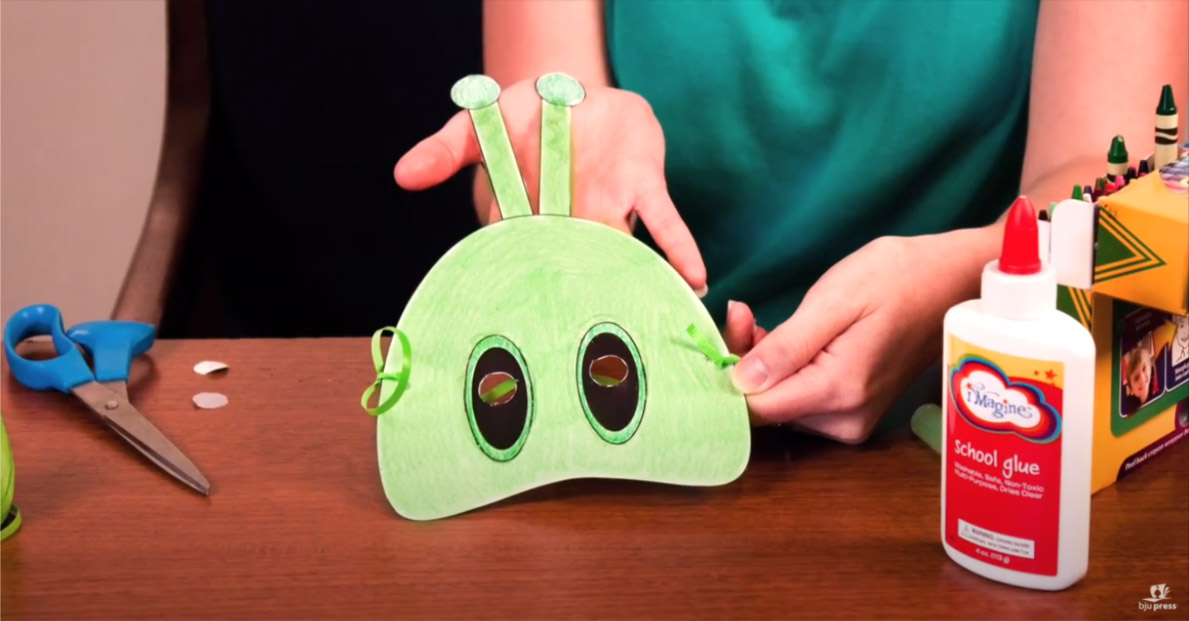Looking to inspire those budding novelists under your tutelage?
November is the perfect opportunity to get them to stretch those creative muscles. By introducing them to National Novel Writing Month, you just might see even timid and procrastinating writers start baby-stepping their way to literary greatness.
While the average novel is around 100,000 words, National Novel Writing Month (or NaNoWriMo as it is called) cuts that requirement in half, asking writers to produce a 50,000-word short novel in thirty days. By producing a shorter work, your writers are being trained to make it “meatier”—with no droning on about superfluous details or patience-testing fillers. This project calls for cutting to the chase, keeping things moving, and only letting in the important stuff. NaNoWriMo is all about getting a story on paper and worrying about fine-tuning it later.
Writers are also forced to map their strategy and organize their time. We all have other stuff to do, especially during the holiday season. Not many of us would choose to skip Thanksgiving dinner to write. So your writers will have to divide the number of words they need by the number of days they will actually be writing throughout November. A realistic goal would probably be a chapter a week.
Needless to say, having a firm grasp of the basics of fiction writing will go a long way toward your students’ success with this project. A review of plot, characterization, description,and so on before plunging forward will give added direction and confidence. Who knows where the journey will lead, once the first step is taken? NaNoWriMo mini-novel today, best-seller tomorrow.
NaNoWriMo Writing Project Tips
-
-
- Decide on the required number of words. Your students have other classes and projects, so you may need to make your minimum word count smaller than 50,000.
- Choose the start and end dates for the project. You can go with the traditional month of November time frame, or you can have it go shorter or longer if you need to. Whatever you decide, make sure it’s a reasonable period of time to meet your word-count requirements.
- Determine the grading criteria. Will you grade based on completion only or will you also check the quality of writing—sentence structure, spelling/grammar, and such? Be sure to let your students know this at the beginning of the project. (NaNoWriMo is typically focused on completing a rough draft.)
- Implement weekly (or other periodic) checks. If left alone, some of your students will fall behind in their writing. Help them out by giving occasional due dates and telling them what you will be looking for in those checks.
-
• • • • •
Rebecca is a work-at-home freelance writer, novelist, wife, and the mom of two bright-eyed little ones. She credits her success in writing and her love of books to her own mom, who homeschooled three kids from pre-K through high school.
Have you ever participated in NaNoWriMo or adapted it for your students? Tell us about your experience in a comment.


 Veggie Pizza
Veggie Pizza